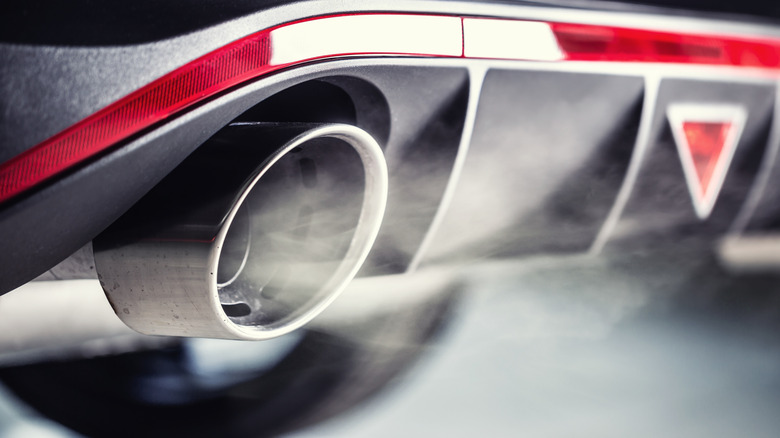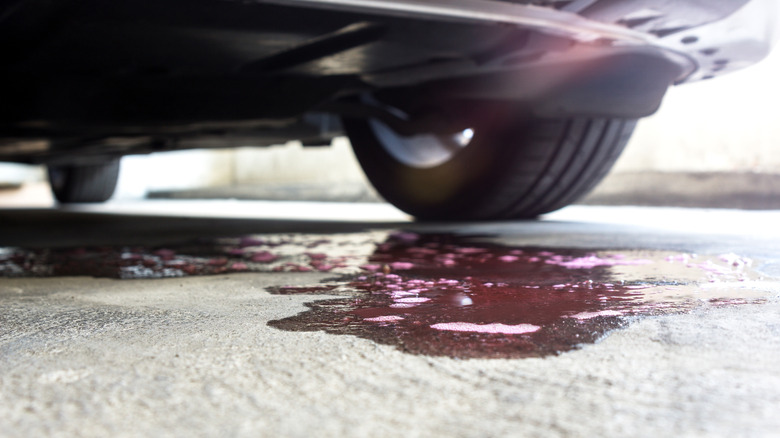Why Car Exhaust Pipes Drip Water (And Is It Normal?)
Noticing any type of fluid leaking from your vehicle can usually be an immediate cause for concern. However, you may be surprised to find that there are some situations where seeing water dripping from your car is really no issue at all. One of the most common places to see excess water drip is the vehicle's exhaust pipe.
Most of the time, seeing a drip of water coming from your exhaust is no concern at all, and is a natural process. This typically happens due to the condensation that builds up when you start your vehicle. Before you start your car, there is very little heat in the exhaust system, and when the hot gasses from the engine pass through the cold exhaust system, condensation will form and will slowly drip water through your exhaust pipe.
Just because it is mostly normal for water to drip from your exhaust pipe doesn't mean that is always the case. If you find your vehicle is leaking an excessive amount of water, it could mean there is a significant engine issue that needs to be fixed immediately. Another possible major issue is if the water is not clear, that means there could be a crack in the antifreeze reservoir.
What to do if you see your exhaust pipe leak
The first thing you need to do if you see water dripping from your exhaust pipe is to determine if the liquid is clear or muddled. If the liquid is clear water, then you have nothing to worry about and can continue driving your car as normal. Issues begin to arise when the liquid is muddled, or a mixture of a green and whitish color. If the liquid dripping from the exhaust is not clear, it may be antifreeze, which is a sign that your engine is damaged and in need of repair.
An easy way to determine this is — when you see a non-clear liquid coming out your exhaust — turn your engine off and pop the hood. Make sure your engine has cooled off before this next step, as you'll want to remove the oil reservoir cap and take a look inside. If there is a green or white material inside, it means there's a leak and your oil is mixing with antifreeze. This requires an immediate engine repair, as it will significantly damage the engine while it's in use.
Other liquids you may see leak from your car
While seeing water drip from your exhaust isn't a big deal, there are a number of other major issues that can arise when you see other liquids leak out. More often than not, you should be able to determine the type of leak based on what color the liquid is. A light brown or black liquid is most likely oil, and an oil leak can cause significant performance issues that, over time, will destroy your engine.
Transmission fluid is typically a red or brown color, as manufacturers try to add red dye to help differentiate the transmission fluid from oil. Similar to an oil leak, a transmission fluid leak will lead to a massive performance drop and lead to transmission failure. Easily confused with transmission fluid is power steering fluid, which can show as clear or red. The older the power steering fluid is, the darker it will be. The power steering fluid does exactly what its name implies, it provides the necessary fluids to keep the power steering system working.
A transparent yellow fluid on the ground means that your brake fluid is leaking. Similar to the other leaks discussed here, if not taken care of quickly a brake fluid leak can cause severe issues with your brake system. The final common leak that drivers find is their coolant, which can typically be green, pink, blue, or orange. Coolant is important because it helps lower the temperature of your engine. When a vehicle has a coolant leak, the engine can overheat and cause damage.


